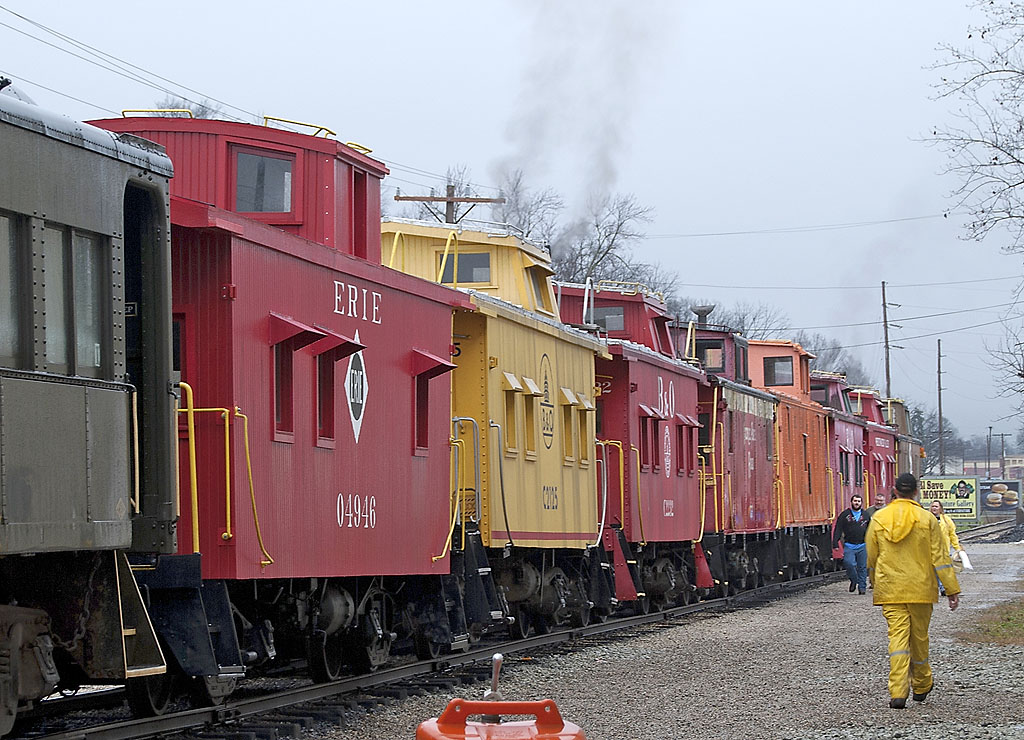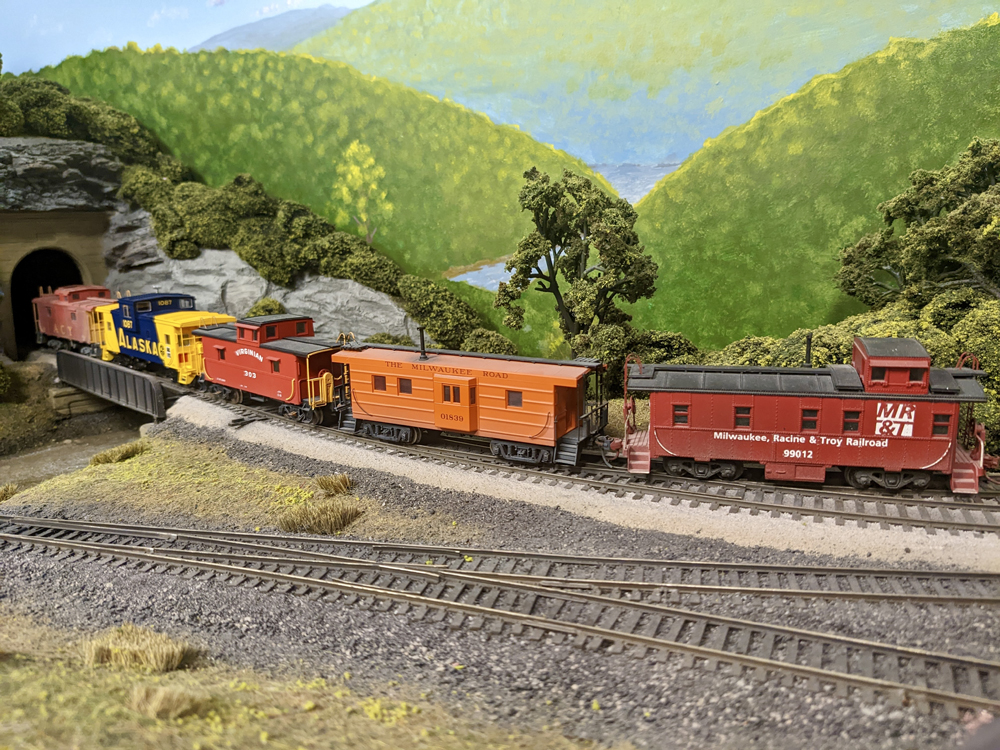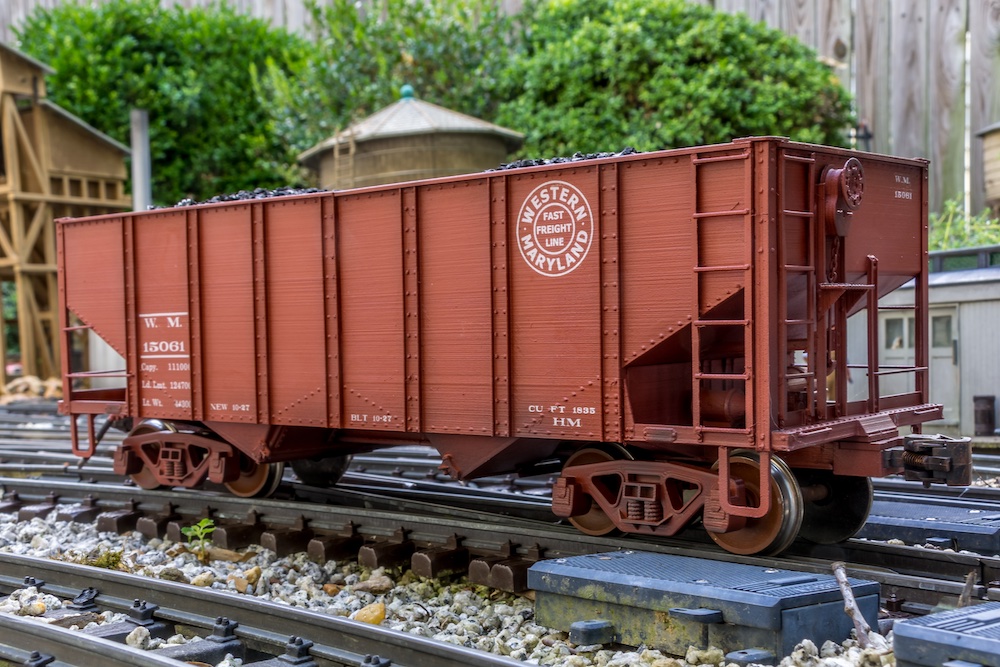One piece of rolling stock I can bet almost every model railroader owns is a caboose. These cars are a staple in both real life and the model form, to the point where many people who don’t know much about trains at all know what a caboose is. Along with the existence of the word caboose has been a debate that is as old as time: what is the proper plural form of “caboose?” If the plural of “goose” is “geese,” would that make the plural of “caboose,” “cabeese?” It turns out that the term “cabeese” is just a slang term. The word takes a standard -s plural. Originally published in the May 2015 issue of Trains Magazine, Merriam-Webster Inc. associate editor Neil S. Serven explains the reasoning below.

Our collected evidence indicates that “caboose” takes a standard -s plural. The word caboose is a “count noun” and takes a normal count plural. For example: “To streamline operations, the railroads would like to permanently uncouple these little lookout cars from freight trains. ‘Cabooses are dead weight,’ says a vice president of a Western railroad. ‘They are inefficient and belong to a different era.’” John D. Williams, Wall Street Journal, March 18, 1982. “A Burlington Northern freight passes, and Brian calls my attention to the rear-end device that has replaced the cabooses.” Terry Pindell, Making Tracks: An American Rail Odyssey, 1990. – Neil S. Serven, associate editor, Merriam-Webster Inc.

So next time you’re at an operating session and use the term “cabooses” instead of “cabeese,” you can say it with confidence, because Merriam-Webster and Trains.com said so.














Actually, there’s a reason why it’s goose/geese but not caboose/*cabeese (except in jest) that goes back many centuries before either Trains.com or Merriam-Webster. The plural of “goose” (and also of its contemporary German cognate) resulted from a sound change that happened in a language that was the ancestor of both of these languages and a number of others. By the time German and English developed into separate languages (Old English and Old High German), this sound change (called “umlaut”) was no longer active. The definitive Oxford English Dictionary (OED) gives the year 1000 as the earliest occurrence of “goose” (gōs in Old English). By the time of the earliest occurrence of “caboose” (1769 according to the OED), the umlaut sound change hadn’t been active for more than 1000 years, so it wasn’t around to affect the plural of this “upstart” word, which accordingly behaved just like any other “ordinary” noun. –Peter McGraw (model railroader and PhD, Germanic philology)
For a model train set they could be called what ever mets the owners fancy.
I use 4 wheel cabooses for 4 more wheels to pickup electricity when coupled to my 4 wheel switch engines.
And if I ever get to that point, a place to put decoders when I switch to DCC!
In Canada they were called vans and in Europe they are also called by a different name but I’m not sure by which name. Of course there are all the other slang terms that cabooses are called like “crummy” but that wouldn’t be cosidered proper English by the purists. Let us just say that it is the indiviuals’s own choice and how they operate that car coupled on the end of the freight train
Joseph C. Markfelder
HI
Neither – the Pennsy was quite clear: they are cabin cars.